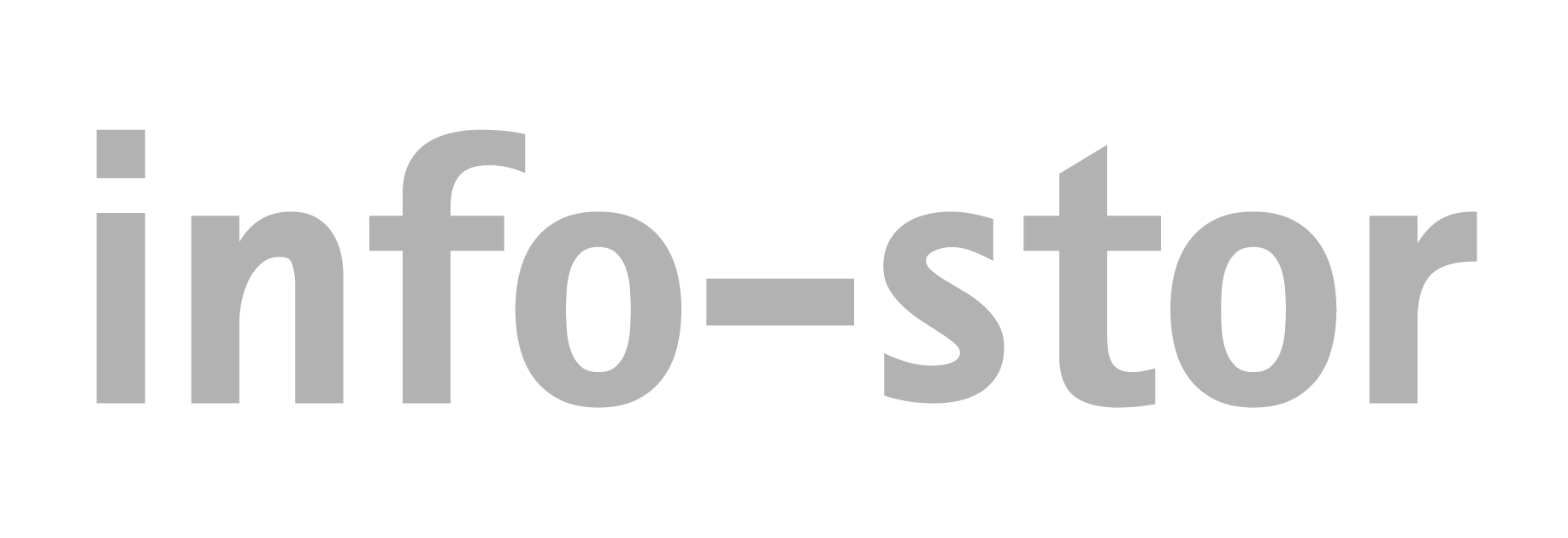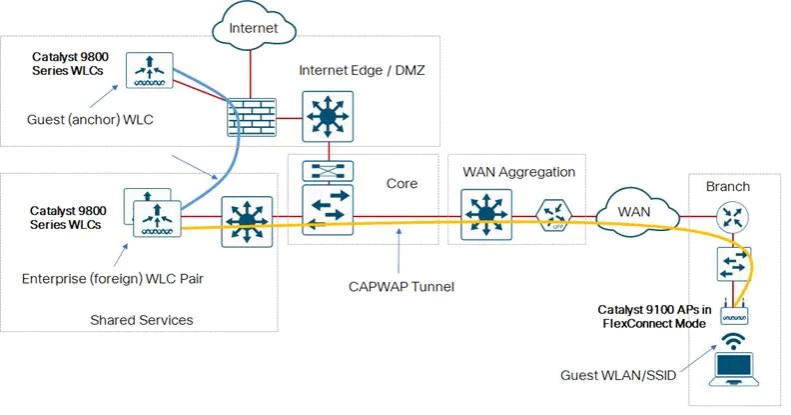Sometimes, our concerns for network security are focused on the big stories: the headline-hitting incidents of infiltration and sabotage, of organisations bleeding billions through negligence or as the victims of new digital weaponry (zero-day attacks). But every network faces its own security challenges, from the major to the minor. And these challenges also dovetail with the performance challenges faced by organisations of any size, in an unceasing attempt to optimise network throughput and maintain reliable connections.
All networks need to be secure, and all networks can benefit from a network traffic monitoring solution. This includes education networks – especially now, as students return to schools and campuses, bright-eyed for a new chapter, hopeful for a return to face-to-face learning. But it’s likely that the new normal will be defined by a mix of face-to-face learning and remote learning, which puts more pressure on networks – and, by extension, network managers – to ensure the learning experience remains secure, stable and unrestricted.
Here are a few ways Scrutinizer by Plixer helps education (and other) networks.
- Better learning (and better protection)
The Internet is full of information. Most of that information is informative, even factual. Some, however, is not. Misinformation is the problem of our age. Sometimes, the intention is to mislead and coerce, or reflects a personal – albeit misguided – truth. Other times, however, it’s just about spreading malicious software. Use Scrutinizer to track student usernames and the connection history to external URLs. Filter inappropriate sites, or monitor where malicious traffic is coming from. This keeps students safe as well as protecting the network.
- Accountability
In one way, the Internet is safer than it used to be. In the early years, there was little accountability; anonymous usernames were standard, and there were no social-media integrations (or social media platforms) with which to track people down, browse their history and cross-reference their activity.
For education institutions, accountability is critical – to know the who-and-what of every incident. Scrutinizer allows you to keep track of all activities, including the ability to track down copyright infringement complaints.
- Resource optimisation
Applications, such as Microsoft 365 and Zoom, place more load on networks. As such, resource optimisation is more important than ever. Lessons interrupted lead to disengaged students (and before we draw the obvious parallel, employees and workforces). With Scrutinizer, it is possible to view application latency and even latency location – server, application or client – to target optimisations.
- Security
A student network has to be secure. Schools, colleges and universities typically store a lot of sensitive information, not to mention academic records. With Scrutinizer by Plixer, anomalous traffic and security threats can be detected in their infancy, with faster incident resolution through detection (along with predefined thresholds), tracking and analysis.
- Data retention
A network’s future – and how to best optimise its performance and security – is best assured by keeping a detailed record of its past. Sometimes, things are missed. Security breaches go unnoticed. Access to inappropriate or insecure websites falls under the radar. In these cases, Scrutinizer helps network managers maintain a record of network traffic, to see what wrong, and when, and how to prevent it in future. It allows the pairing of real-time insight with historical insight, for a more complete account of the network’s activity.
Students are adults-in-training, but lessons of network security are often learnt late. Everything we’ve discussed here can also be applied to employees, or network users across any number of organisations. For more information on how to incorporate Scrutinizer by Plixer into your network monitoring – or ntop’s nBox Recorder, which is a suitable solution pair – contact us today.


